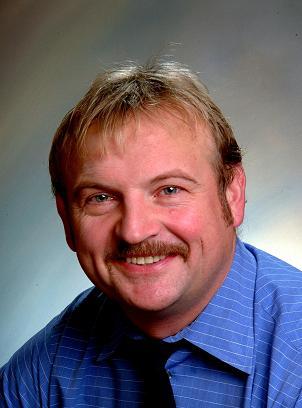

 Reference Site Map |
|
|

It is said that love comes from the heart. But so does heart failure. And many people confuse heart failure with heart attacks. February is Heart Month, and it is worth taking a closer look at this marvelous organ. This small organ is about the size of your fist, yet beats endlessly, almost 100,000 beats per day, year in and year out. It is the hardest working muscle in your body, pumping a million barrels of blood in your lifetime. The heart is a small pump with two sets of chambers that resemble a bellows. It is a highly efficient organ with a factory set continuous run rate of about 100 years. Yet more and more of us are slowly discovering that it can wear out sooner. Many factors can interfere with the ability to maintain efficient pumping. When that happens, and we start to get symptoms such as shortness of breath and fatigue, then we doctors look to your heart as a potential cause. We may need to introduce additives, perform tune-ups, and replace parts or even the pump itself.
Heart failure is the condition in which the heart cannot pump adequate amounts of blood for normal activity. It can be caused by many different conditions and problems such as damaged muscle (myocardial infarction), various diseases, toxins, infection, damaged valves or blockages and is associated with a poor prognosis. When the heart's pumping action is impaired, the cardiac system tends to get congested. There are few sure clinical signs. The diagnosis requires a patient to provide adequate descriptions. This is combined with the clinical examination and preliminary testing. When heart failure is diagnosed, we turn to our most sophisticated medical devices and techniques to address or rectify it. Heart failure is a condition that can wax and wane. Patients frequently end up being hospitalized repeatedly. Altogether, this makes it a very costly condition within our health system.
Treatment is first aimed at reversing any of precipitating factors. Attempts to modify factors such as alcoholism, anemia, infection, obesity, hypertension and medications are the first step. This is usually followed by using medications aimed at improving whatever part of the pump system that is failing. Medications such as spironolactone, diuretics, ACE-inhibitors, BETA-blockers, and angiotensin inhibitors are usually first line. We now understand that hormones have a definite effect as well. Patients are encouraged to restrict their salt intake and exercise daily. In more severe cases, surgical options are explored. Implantable cardiac devices, pacemakers, ventricular assist devices, replacement valves, bypass surgery and even total artificial hearts are options. The more you can do to prevent progression of problems with the ventricles, the better.
Heart failure was a hot topic at this year's Trillium Cardiac Day. It boggles the mind to visit the cardiac units at Trillium Health Centre and witness all the state-of-the-art technology used to restore a better quality of life. Building new facilities, improving morale and attracting talented staff have had a very positive impact on wait times and outcomes. Dr. Tom Rebane and colleagues have also somewhat boldly set a goal of 70 minutes from onset of pain as a benchmark for anyone presenting with an acute coronary syndrome to reach the cardiac stenting facility. Less heart attacks means less heart failure. It is this time frame that leads to the most favorable results. Now, if we could only iron out the multiple transport problems that stand in the way.
Related resources: